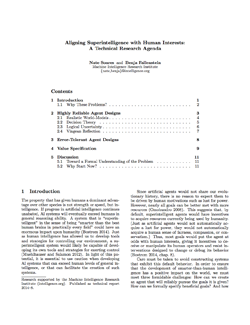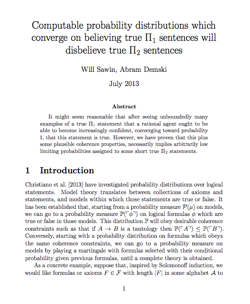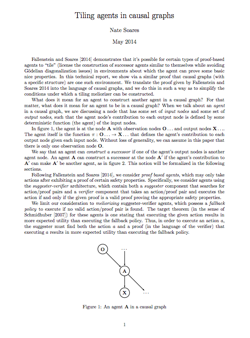Brooks and Searle on AI volition and timelines
Nick Bostrom’s concerns about the future of AI have sparked a busy public discussion. His arguments were echoed by leading AI researcher Stuart Russell in “Transcending complacency on superintelligent machines” (co-authored with Stephen Hawking, Max Tegmark, and Frank Wilczek), and a number of journalists, scientists, and technologists have subsequently chimed in. Given the topic’s complexity, I’ve been surprised by the positivity and thoughtfulness of most of the coverage (some overused clichés aside).
Unfortunately, what most people probably take away from these articles is ‘Stephen Hawking thinks AI is scary!’, not the chains of reasoning that led Hawking, Russell, or others to their present views. When Elon Musk chimes in with his own concerns and cites Bostrom’s book Superintelligence: Paths, Dangers, Strategies, commenters seem to be more interested in immediately echoing or dismissing Musk’s worries than in looking into his source.
The end result is more of a referendum on people’s positive or negative associations with the word ‘AI’ than a debate over Bostrom’s substantive claims. If ‘AI’ calls to mind science fiction dystopias for you, the temptation is to squeeze real AI researchers into your ‘mad scientists poised to unleash an evil robot army’ stereotype. Equally, if ‘AI’ calls to mind your day job testing edge detection algorithms, that same urge to force new data into old patterns makes it tempting to squeeze Bostrom and Hawking into the ‘naïve technophobes worried about the evil robot uprising’ stereotype.
Thus roboticist Rodney Brooks’ recent blog post “Artificial intelligence is a tool, not a threat” does an excellent job dispelling common myths about the cutting edge of AI, and philosopher John Searle’s review of Superintelligence draws out some important ambiguities in our concepts of subjectivity and mind; but both writers scarcely intersect with Bostrom’s (or Russell’s, or Hawking’s) ideas. Both pattern-match Bostrom to the nearest available ‘evil robot panic’ stereotype, and stop there.
Brooks and Searle don’t appreciate how new the arguments in Superintelligence are. In the interest of making it easier to engage with these important topics, and less appealing to force the relevant technical and strategic questions into the model of decades-old debates, I’ll address three of the largest misunderstandings one might come away with after seeing Musk, Searle, Brooks, and others’ public comments: conflating present and future AI risks, conflating risk severity with risk imminence, and conflating risk from autonomous algorithmic decision-making with risk from human-style antisocial dispositions.





